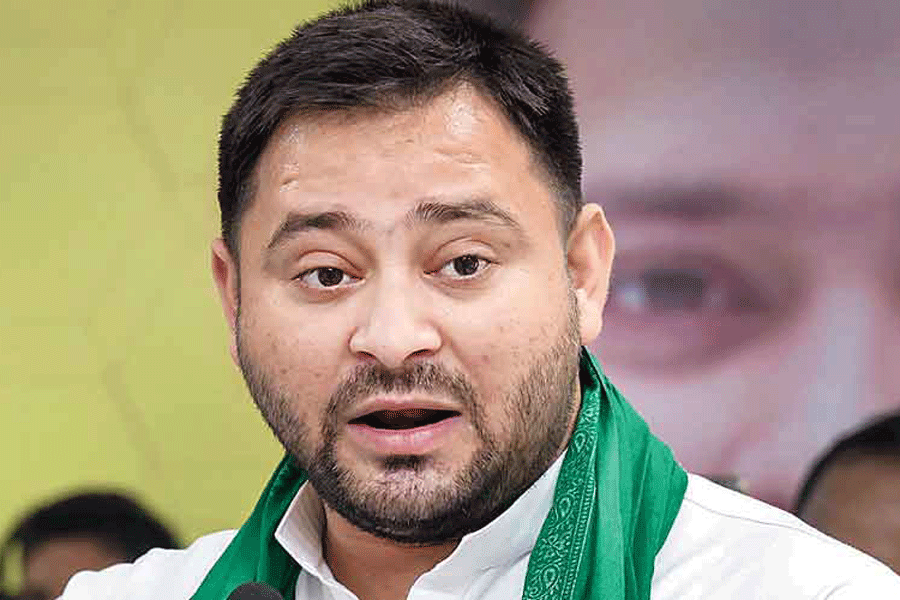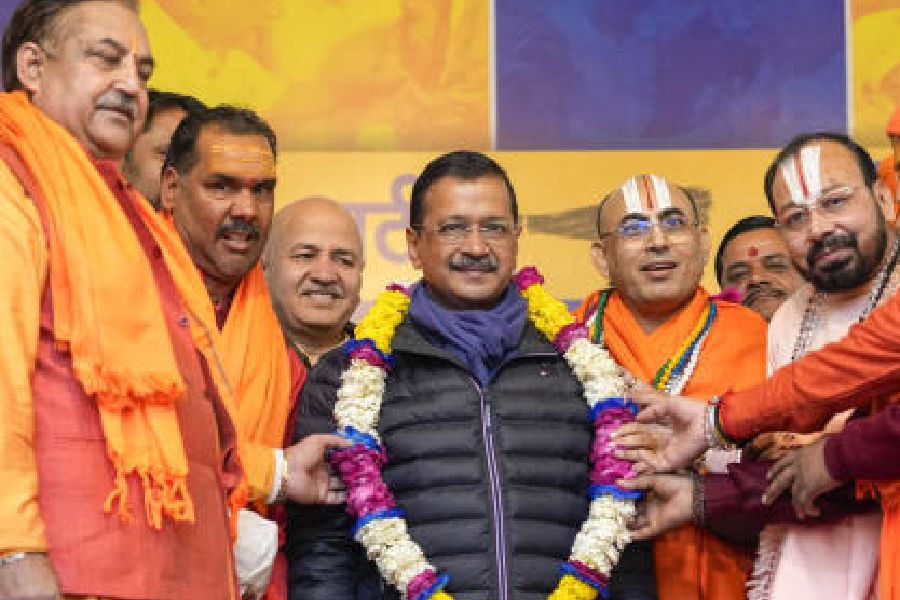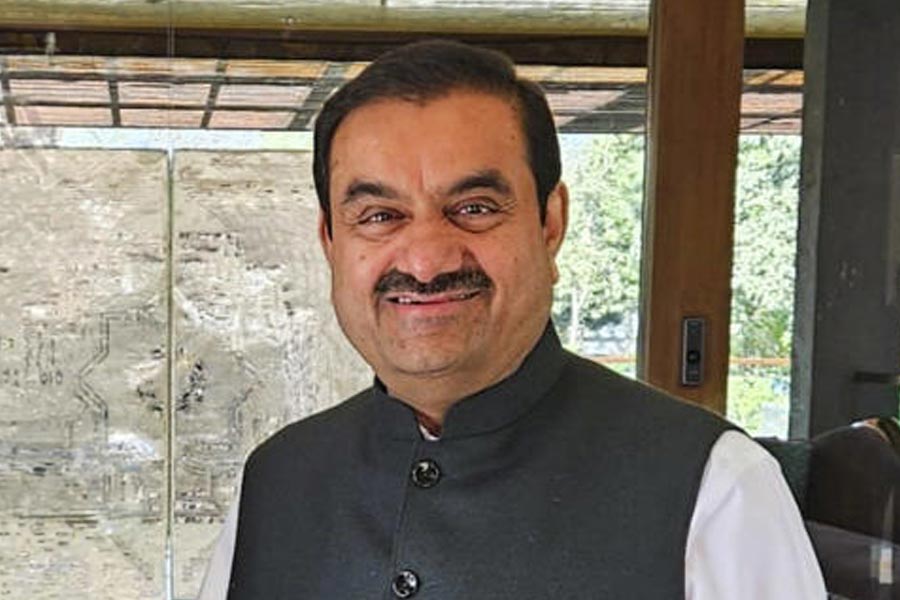A higher number of heatwave days were predicted in northwest India and adjoining parts of the central region in June, with a brief relief from scorching conditions in the next few days, the India Meteorological Department (IMD) said on Monday.
Except for a few parts of southern peninsular India, normal to above-normal maximum temperatures are expected across the country in June, IMD chief Mrutyunjay Mohapatra said at a press conference.
"Above-normal heatwave days are likely in northwest India and the adjoining parts of the central region in June. Normally, northwest India and the adjoining areas record two-three heatwave days in June. This time, we expect four-six days of heatwave in this region," he said.
Mohapatra said northwestern and central parts of the country are likely to get some relief from the scorching heat after three days due to a western disturbance and moisture incursion from the Arabian Sea.
"There could be thunderstorm activity in northwest India and rain in the western Himalayan region," he said.
The IMD chief said Rajasthan and Gujarat experienced nine to 12 heatwave days in May, with temperatures reaching 45 to 50 degrees Celsius. Delhi, south Haryana, southwest Uttar Pradesh, and Punjab recorded five to seven heatwave days, with maximum temperatures ranging between 44 degrees Celsius and 48 degrees Celsius, he said.
Assam also experienced a heatwave with record-breaking temperatures on May 25-26.
The IMD attributed the heatwave in northwest India and parts of the central region in the second half of May to the lack of rainfall, stronger dry and warm winds and an anti-cyclonic circulation over southwest Rajasthan and adjoining Gujarat.
Mohapatra said only two of the five western disturbances that affected north India were active.
People in northwest and central India have been enduring a deadly heat wave that is testing power grids and the disaster preparedness of states. The prolonged heat wave peaked at 50 degrees Celsius in Rajasthan's Phalodi on Saturday, the highest temperature recorded in the country since June 1, 2019.
The heatwave in May has caused several places across the country, including Assam, Himachal Pradesh and Arunachal Pradesh, to record their all-time high temperatures.
The intense heat has already driven India's power demand to 239.96 gigawatts, the highest so far this season, with air conditioners and coolers in homes and offices running at full capacity.
Experts anticipate that the power demand could rise even further and surpass the all-time high of 243.27 GW recorded in September 2023.
According to the Central Water Commission, water storage in 150 major reservoirs in India dropped to just 24 per cent of their live storage last week, exacerbating water shortages in many states and significantly affecting hydropower generation.











